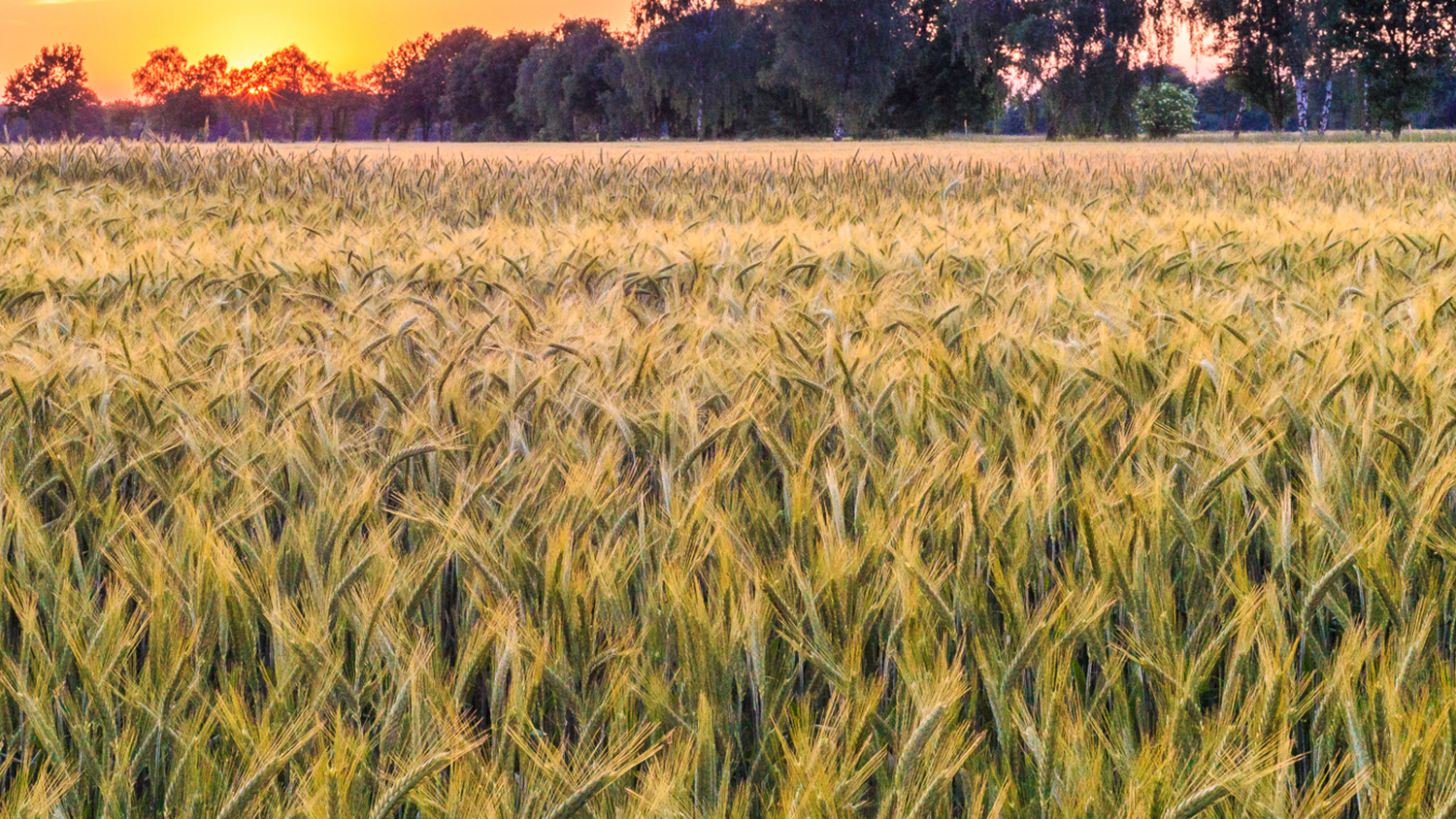Study Analyzes Pathways for Agricultural Students

In collaboration with colleagues at NC State University, Dr. Katie McKee recently co-authored an article on agricultural pathways that lead students to enroll at NC State. The study analyzed 491 personal statements written by applicants accepted to undergraduate degrees at North Carolina State University’s College of Agriculture and Life Sciences (CALS) to determine what pre-university agricultural experiences are related to first-term success and graduation within six years of first enrollment. The article appears in Shep Stearns’ (M.S. in Agricultural and Extension Education, December 2021) thesis and was published in the North American Colleges and Teachers of Agriculture Journal.

Uneven Paths: Agricultural Pathways that Lead Students to Enroll
Authors: Shep Stearns, Katherine McKee, John Dole, Jonathan Duggins
Abstract
For colleges of agriculture throughout the US, recruitment and retention of undergraduate students is a matter of existential importance. We analyzed personal statements written by applicants accepted to undergraduate degrees at North Carolina State University College of Agriculture and Life Sciences (CALS) to determine what pre-university agricultural experiences are related to first-term success and graduation within six years of first enrollment. The 491 students who submitted written materials as a part of their application to CALS described an array of agriculture pathways that we classified as categories of work and volunteer experience, clubs, coursework, personal history, and leisure. Our study found that 319 students, or 65%, described at least one pathway that played a role in their choice to apply. We found that most pathways were dominated by White students, with just 8.8% of students with at least one agriculture pathway from a minoritized group. Further, we calculated the mean First Term GPA (FTGPA) and graduation rate after six years for each pathway group. Findings include that students who discussed FFA participation had relatively high FTGPAs and graduation rates, while students intending to become veterinarians had relatively high FTGPA but low six-year graduation rates.
- Categories: